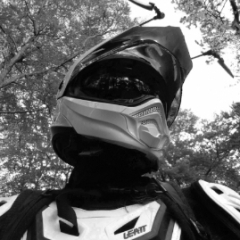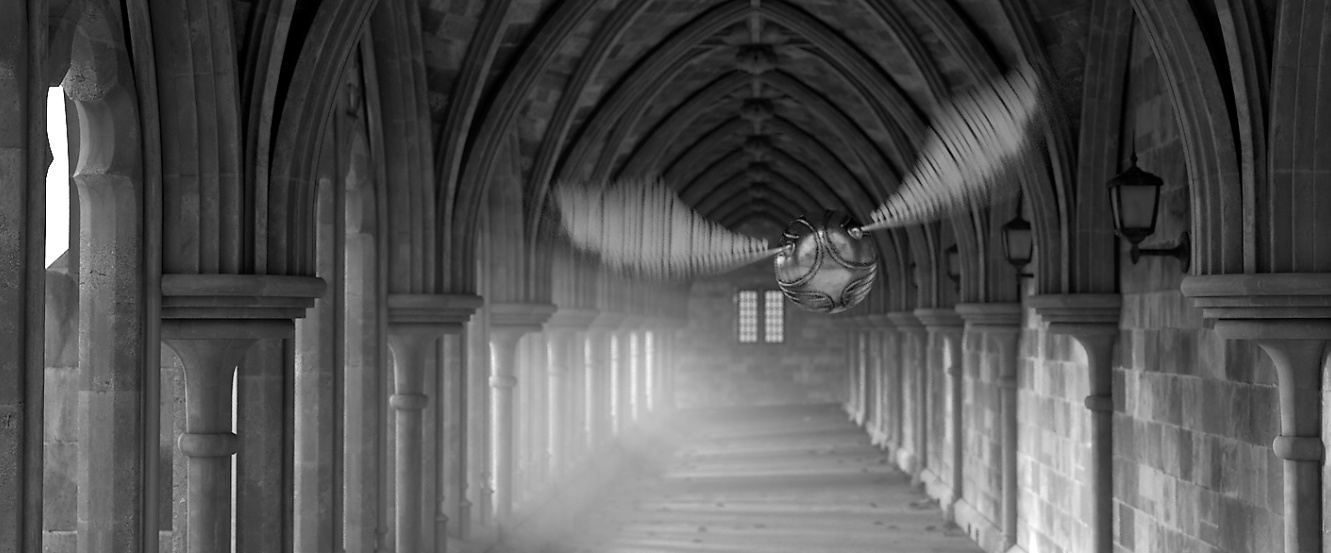-
Posts
17,955 -
Joined
-
Days Won
733
Content Type
Profiles
Blogs
Forums
Gallery
Pipeline Tools
3D Wiki
Plugin List
Store
Downloads
Everything posted by Cerbera
-
You may be confused by that. Whilst Cinema does include import and management for substances, it does not come with either Substance Painter OR Substance Designer. The importer and management functionality simply help users of both integrate them better. CBR
-
I'll elaborate a bit more on what I speculated earlier in Skype.... Whatever is going on here, the only thing we can say for sure without wireframes is that it is likely to be extremely high res. The modelled in lettering and the diamond pattern inlays particularly suggest volume builder or high end studio scanning / photogrammetry or even sculpting (I suspect the latter more), but anything on the bottom of that shoe could also have been done with painstaking manual modelling too. There is an outside chance I think that some elements of this could have been displacement but then baked into the mesh... I look forward to hearing what everyone else thinks... CBR
-
No you need both Substance Painter (not necessarily Designer) AND something like Photoshop, but certainly doesn't HAVE to be Photoshop ! I use Affinity Photo, for example, which I bought in a half price sale for 45 pounds, and have a permanent license for ! It isn't identical to PS, but is close enough, and more than capable of doing everything you need for texturing with Cinema, and in conjunction with Substance. But yes, you do need both things ! CBR
-
You can abandon it if you like, and enjoy your time in Blender, but no need to shit-post Maxon with a load of unevidenced assertion on the way out. A lot of what you say is self-evidently untrue. You are IN one part of the Cinema community right now by being on this forum, and there is Cineversity in addition to Maxon's training channels, not to mention hundreds of thousands of tutorials on Youtube, with new ones being added every day. There are current podcasts, videocasts, and Siggraph presentations from present day and going back years. Geometry nodes are far from useless, and their potential is becoming more obvious with every release. There are literally THOUSANDS of plugins and scripts for Cinema. CBR
- 133 replies
-
11
-
No I think it's just that it will only be available direct from Adobe now, not from the original developer's old site. However, perpetual licences continue to be available via Steam. CBR
-
That is very odd - they are both the same for me... This is why these things are hard to track down, and what I meant by not reproduceable; why should it work for me and not for you ? You'd think if the scene was the problem it would transfer to anyone else that opened it, yet your New doc thing seems to suggest that is the case. Baffling... CBR
-
Please do. They can't fix what they can't reproduce, so we really need reliable examples of it doing stuff wrong. By all means make a video if it helps... I admit I occasionally have moments with it when I am not sure if it did the right thing or I did the wrong thing, but in general I would say it mainly does what I expect. CBR
-
There have been some problems with that in early version of 25, but I thought most things had been sorted by 25.117. Can you give a specific, reproducible example of it not doing what you expect / what it used to ? CBR
-
OK, well you can probably use this with standard materials, but will probably have to invert the glossiness so it becomes a roughness map you can load into the roughness map slot in reflectance. Diffuse map can go in color channel OR in another reflectance base layer under the reflectance. Obvious where normal goes, but you can try height in either bump or displacement channels. One thing you probably wont have issues with is the mapping, which is held in the obj mesh itself in the UV data - as long as materials are set to use 'UV Mapping' as the mode that should be fine. CBR
-
Been answered on the Cafe / Core many times over the years. I'm afraid that sort of thing is 'normal', even with the improved obj importer of later releases. Mat files rarely, if ever come in as anything other than block colours. The webs all talk about relinking because that's what you have to do - basically you are making all these materials from scratch, using the maps provided, which is the price we pay when we don't buy models that are made in C4D format with materials for the included renderers. Next question is - do you have PBR materials back in R18 - I can't remember... CBR
-
I am not aware of a script or plugin myself, but did find reference to the older coffee script that did that. Presumably this could be done in Python instead ? Not my area of expertise, but there's a few people here who can probably help with that... CBR
-
Have you tried the Insydium Bridge plugin ? That can make (some) older plugins work with later versions of Cinema. CBR
-
Well, a component mode selection is bound to the components it applies to, and a poly, edge or vertex is either selected or it isn't, which leads to the sort of problems you are experiencing when you try and make circular selections on what is essentially square topology. Vertex maps are slightly more flexible in that there can now be degrees of selection, and blurring or smoothing of a vertex map so that transitions between full and zero weighting are much smoother. CBR
-
Just having a funny 5 minutes in which I can't remember for the life of me what is the proper procedure for freezing a softbody simulation like in this spaghetti thing I have going on here, where I want a static copy of the mesh in its resting state at the end frame of the animation... noodles freeze conundrum CBR.c4d No amount of caching, setting initial state, current state to objecting, removing tags, making editable or anything damn else I can think of is getting me a copy of that resting mesh !! Little help anybody ? @bezo ?! @HappyPolygon? 🙂 Cheers guys CBR
-

Looking for a great modeler for a high profile project
Cerbera replied to Lockjaw Raccoon's topic in Jobs
(Bat)Mail sent. CBR -
Yes, but they are beholden to the laws of physics ! Light does what light does 😉 CBR
-
We only have to model a quarter of this. Start with a cylinder (no caps), and get the cone shape of it early on, then bin off all the bits that symmetry won't do. Then, extrude sections out to the side of that cone, and go from there... CBR
-
Well, if it s a photo-real or even just realistic style render then ANY lighting you do is going to affect that base colour, which will result in you being unable to reliably pick the correct specific hex value from the render. But I would argue that is expected in any realistic shot, and I would simply accept there is going to be some minor variation in the render, and also include a 2D swatch of the exact colour in the listing so that no1 can send stuff back ! CBR
-
Oh, thanks for the tip ! (runs to bar) 🙂 CBR
-
Ah excellent - that's what we like to hear 🙂 Funnily enough I wrote 'editor tab' initially when I posted that, so was obviously remembering my R20 days before I updated it to viewport as it is now in 25... anyway - glad it's all working out for you... CBR
-
I suspect OP is looking at just the vertex colors, not the map...I think they were a thing back in R20... CBR
-
I have an idea. It could be as simple as your material being low res'd for the viewport ? If you pop to the material, and in Viewport tab of that, change it from default to no scaling, we get this... CBR

